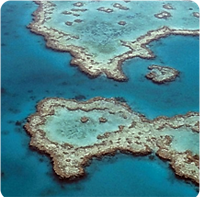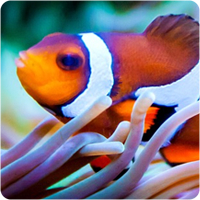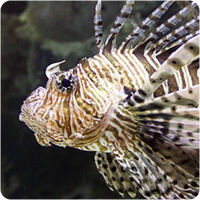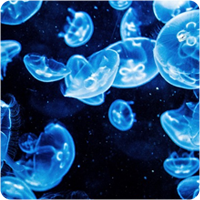Het arrangement Great barrier reef h45 is gemaakt met Wikiwijs van Kennisnet. Wikiwijs is hét onderwijsplatform waar je leermiddelen zoekt, maakt en deelt.
- Auteur
- Laatst gewijzigd
- 11-05-2025 22:25:12
- Licentie
-
Dit lesmateriaal is gepubliceerd onder de Creative Commons Naamsvermelding-GelijkDelen 4.0 Internationale licentie. Dit houdt in dat je onder de voorwaarde van naamsvermelding en publicatie onder dezelfde licentie vrij bent om:
- het werk te delen - te kopiëren, te verspreiden en door te geven via elk medium of bestandsformaat
- het werk te bewerken - te remixen, te veranderen en afgeleide werken te maken
- voor alle doeleinden, inclusief commerciële doeleinden.
Meer informatie over de CC Naamsvermelding-GelijkDelen 4.0 Internationale licentie.
Aanvullende informatie over dit lesmateriaal
Van dit lesmateriaal is de volgende aanvullende informatie beschikbaar:
- Toelichting
- Deze les valt onder de arrangeerbare leerlijn van de Stercollectie voor Engels voor havo, leerjaar 4 en 5. Dit is thema 'Environment'. Het onderwerp van deze les is: Great barrier reef. Deze les gaat over world heritage sites. Plekken in de wereld die niet door de mens gemaakt zijn. Echter, deze zijn wel aangepast door de mens. Een voorbeeld hiervan is het Groot Barrièrerif. Er wordt aandacht besteedt aan hoe het wordt aangetast en wat we kunnen doen om het terug te draaien. De grammaticaopdracht gaat over future perfect.
- Leerniveau
- HAVO 4; HAVO 5;
- Leerinhoud en doelen
- Engels;
- Eindgebruiker
- leerling/student
- Moeilijkheidsgraad
- gemiddeld
- Studiebelasting
- 4 uur 0 minuten
- Trefwoorden
- arrangeerbaar, engels, future perfect, great barrier reef, groot barrièrerif, h45, stercollectie, world heritage sites

 Introduction - The Great Barrier Reef
Introduction - The Great Barrier Reef


 Speaking
Speaking



 Speaking
Speaking Grammar
Grammar Task: Write a letter
Task: Write a letter

